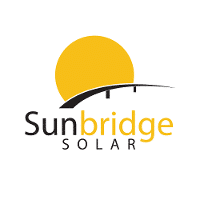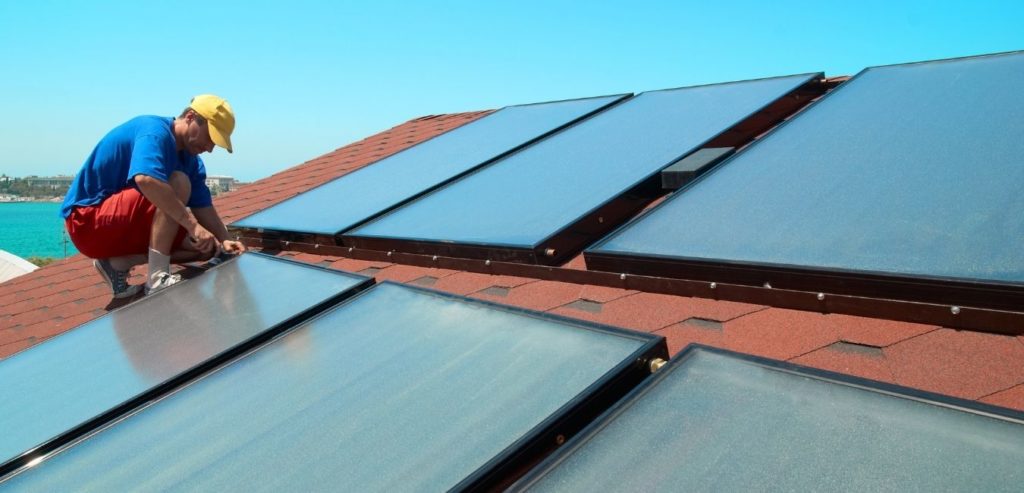Understand These 3 Risks
We know solar power works in Washington and Oregon, but it’s important to understand that there may be some risk to your home involved. Deciding who to trust in a complex, jargon-filled industry like home contracting can be difficult. With a little bit of research, protecting yourself becomes is easy.
In this article, we take the guesswork out of the research process for you. Here are three risks that you need to know to protect your home and your solar power investment.
Risk #1 Roof Penetrations
A poorly installed section of solar racking can cause water to leak into the envelope of your home.
Be aware that water damage can cause rotting, mold issues, and damage to the longevity of your home. When leakage occurs, underlying wood and structure can be destroyed.
This can happen slowly at first, making it difficult to notice without a trained eye.
How To Protect Yourself?
Choose a solar installer with a record of great performance. Look for a record of excellent work and be sure they have real reviews available from real customers.
Ensure that the company has licensing and bonded in your state and carries significant insurance and offers a warranty.
In addition to the equipment warranties offered by the manufacturers. Also, take a moment to ask your contractor what his or her current bond limits are.
Risk #2 Wind And Snow Loads
When solar panels are attached to your roof, they must be able to withstand the elements. There are two concerns to be aware of: Wind Loads and Snow Loads.
Wind Loads
A large, flat solar panel bolted to the structure of your roof is like a giant sail. As wind whips by, uplift occurs, pulling the panels upward toward the sky. If installed poorly, these solar panels can cause major damage in heavy winds.
Be Aware: Improperly mounted anchors can pull out of your roofing, or create a small entry for moisture to penetrate. This can lead to slow-growing mold and rotting problems that may become serious.
Snow Loads
Solar panels are very light. Each ~5.5 ft. x 3.5 ft. solar panel only weighs around 40 pounds. Despite the lightweight, solar panels and racking can hold snow in extreme conditions.
Please be aware that extreme snow can gather during a storm and if serious winds exist, this adds significant loading to him “bones” of your home. If your solar installation is poorly engineered, this extra weight could weaken the supporting structure of the house.
How To Protect Yourself?
Ask about engineering. Make sure that your contractor is aware of the engineering needs of your area. Your solar contractor should know what the standard lift and snow-load requirements are in your area —or be aware of how to easily find them. This is important for obtaining solar building permits.
Certain house structures are considered “standard” and may qualify to use a quicker permitting application, referred as prescriptive-path. Your contractor will tell you if your home qualifies for this type of permitting.
Risk #3 Electrical Hazards
There are two sides to a solar energy installation. Alternating Current (AC) and Direct Current (DC) energy.
The solar panels themselves produce DC current —short for “direct current.” DC is different than the electricity that runs through your home. This type of electricity is called AC current, or “alternating current.”
The electrical current that your solar panels create must go through a device called an “inverter.” This inverter changes the DC current —from the solar installation— into the AC current used in your home. When the electricity leaves the inverter, it must be integrated with your home’s electrical system under the general supervision of a licensed electrician.
Be Aware
- Some of these hazards could exist even if everything appears to be in working order.
- Improperly integrated currents can cause electrical problems and electrocution hazards that are extremely dangerous.
How To Protect Yourself?
Ask to know who the electrician will be. High-quality solar installers, like Sunbridge Solar, maintain their own electrical licenses and electrical staff. But many others do not.
This is fine, but every reputable solar installer without an electrical license will have an electrician in mind —if not already scheduled— before beginning work on your solar home.
If an installer you speak with does not have an electrical license or a solid electrician relationship that they can describe to you in detail – run away!
Trust your gut: If you are feeling uncomfortable, ask for the electrical license number upfront, and use these links to check out the validity of their credentials prior to the beginning of work;
Are You Considering Solar?
We’d be happy to speak with you about our solar electric experience and knowledge. Go ahead and give us a phone call and speak with a member of our reputable and experienced solar estimators at (360) 313-7190 or sign up for a free consultation.


